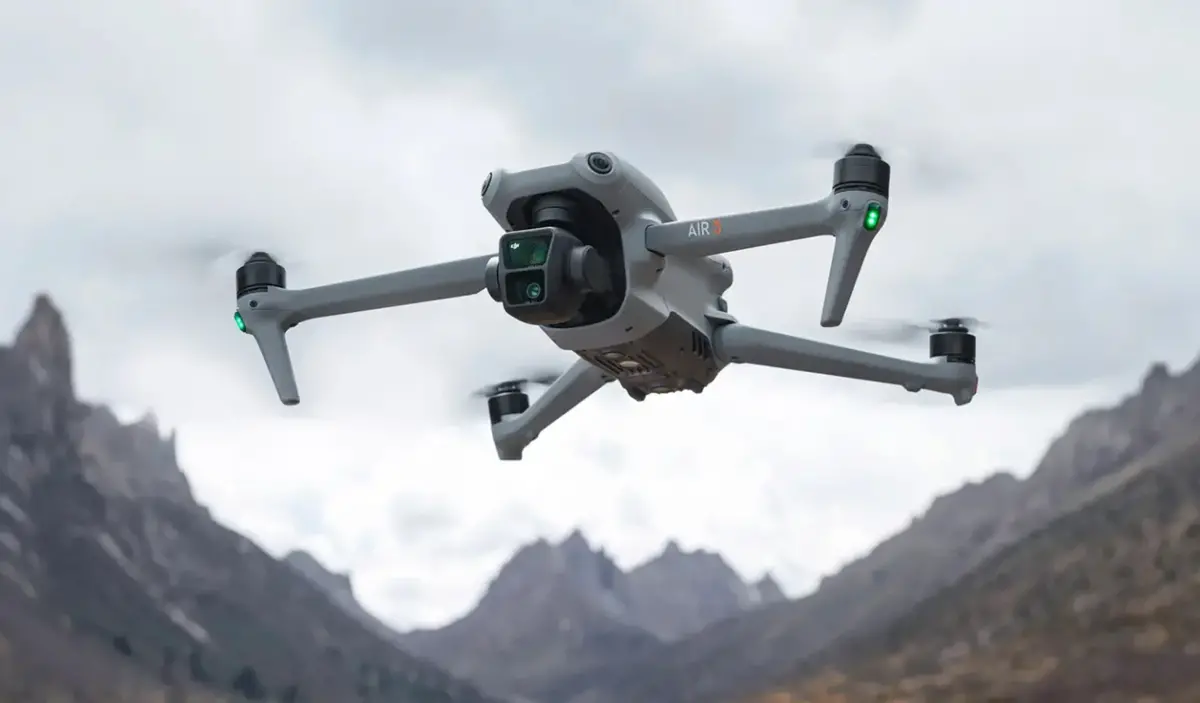How Far Can a Drone Fly from the Controller Safely?
For those engaged in aerial photography, grasping the capabilities of your gear is essential. A pivotal question for professional drone photographers is how far can a drone fly from the controller? In this article, well explore the distances drones can achieve, the pertinent regulations, and what photographers need to keep in mind.
Each drone is unique, with specifications that vary. Factors such as battery life, signal strength, and environmental conditions significantly influence the distance a drone can effectively travel from its controller. By understanding these aspects, photographers can make the most of their drones to capture breathtaking images.

Understanding Drone Ranges
Every drone model boasts a maximum range provided by its manufacturer. Most consumer drones can operate at distances between 3 to 5 miles (roughly 5 to 8 km) from the controller, while professional drones might reach distances of up to 10 miles (about 16 km). However, it's important to remember that these figures represent ideal conditions; various real-world factors often decrease these ranges.
Signal Strength Matters
The strength of the signal is a major determinant of how far a drone can fly. Drones use radio frequencies to communicate with their controllers, and if this signal weakens, you risk losing connection, which can lead to accidents. Urban landscapes with numerous obstacles may hinder signals, so considering your surroundings is crucial.
Battery Life and Distance
Battery life is another critical factor that influences how far a drone can fly. Most drones have a flight time ranging from 20 to 30 minutes, which varies based on their weight and flying conditions. As battery power runs low, a drone's ability to maintain a reliable connection can wane, resulting in reduced effective ranges.
Legal Restrictions on Drone Flight
Before taking to the skies, its crucial to be informed about legal restrictions that govern drone operations. According to the Federal Aviation Administration (FAA), drones must be flown within the pilot's visual line-of-sight (VLOS), generally limiting safe flights to around 1 to 2 miles. Additionally, various states impose regulations that might further restrict how far you can operate your drone. For a comprehensive overview of regulations by state, check out Drone U.
Maximizing Range for Photography
For photographers, maximizing drone range can greatly enhance the creativity and quality of aerial images. Here are some tips to extend the distance of your drone:
- Choose the Right Time: Early morning or late afternoon offers minimal interference for better signals.
- Upgrade Antennas: High-gain antennas can significantly boost your controller's signal.
- Avoid Obstructions: Steering clear of urban areas filled with buildings can help maintain signal integrity.
Common Drone Models and Their Ranges
Drones vary significantly in specifications based on their intended use, and here are a few popular models favored by professional photographers:
- DJI Mavic 2 Pro: Approximately 8 km (5 miles)
- Phantom 4 Pro: Up to 7 km (about 4.3 miles)
- Autel Robotics EVO Lite: Roughly 10 km (about 6.2 miles)
Tech Innovations Impacting Range
The drone industry is continuously evolving, with technological advancements that can enhance the effective range of drones. Keep an eye on innovations in battery technology, advanced transmission systems like OcuSync, and automation features that enable more stable connections and extended flight distances.

FAQs
1. Can I fly my drone beyond visual line-of-sight?
Unfortunately, flying beyond your visual line-of-sight may contravene FAA regulations. Always ensure you follow local laws.
2. Does flying at a higher altitude increase range?
Generally, yes. Elevating your drone can reduce obstructions and maintain a stronger signal, though it also depends on the drone's maximum altitude capabilities.
3. Can weather conditions affect drone range?
Definitely. Wind, rain, and other weather factors can significantly influence your drone's performance and range.
As an Amazon Associate, I earn from qualifying purchases.
For more detailed insights on drones, you can visit Pilot Institute.
Additionally, consider checking out our guides on shooting panoramas, using the Sony Alpha A6000, and choosing a camera bag.

